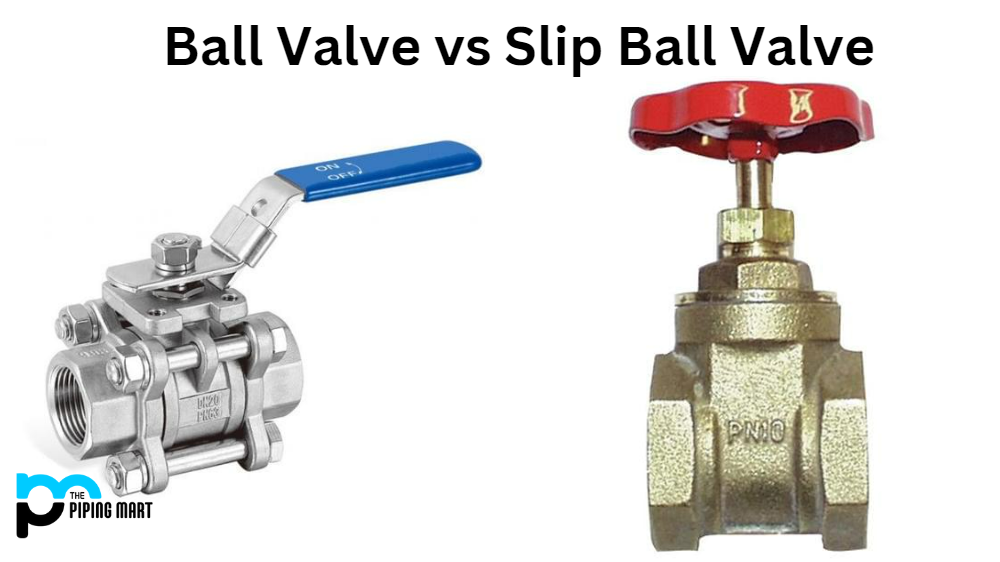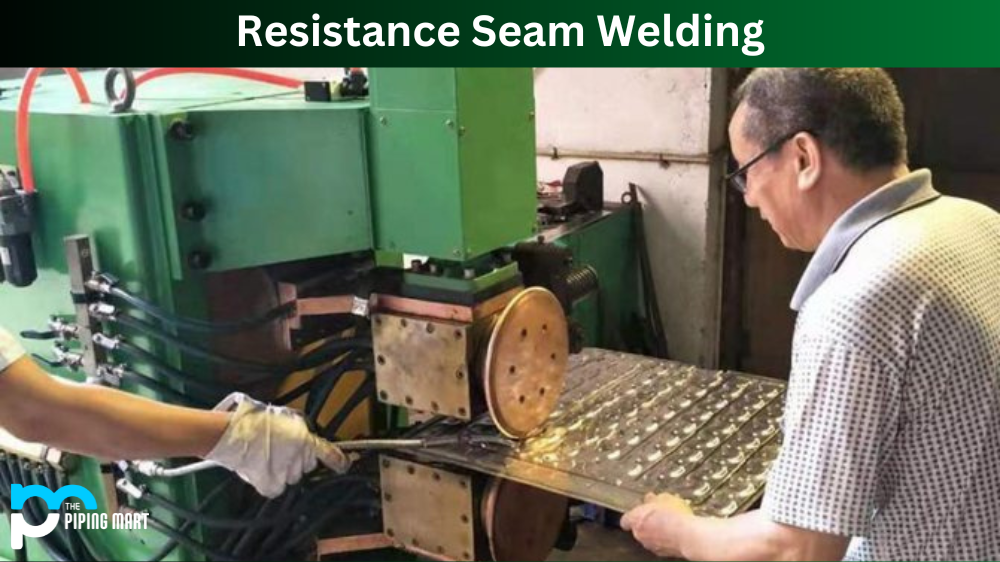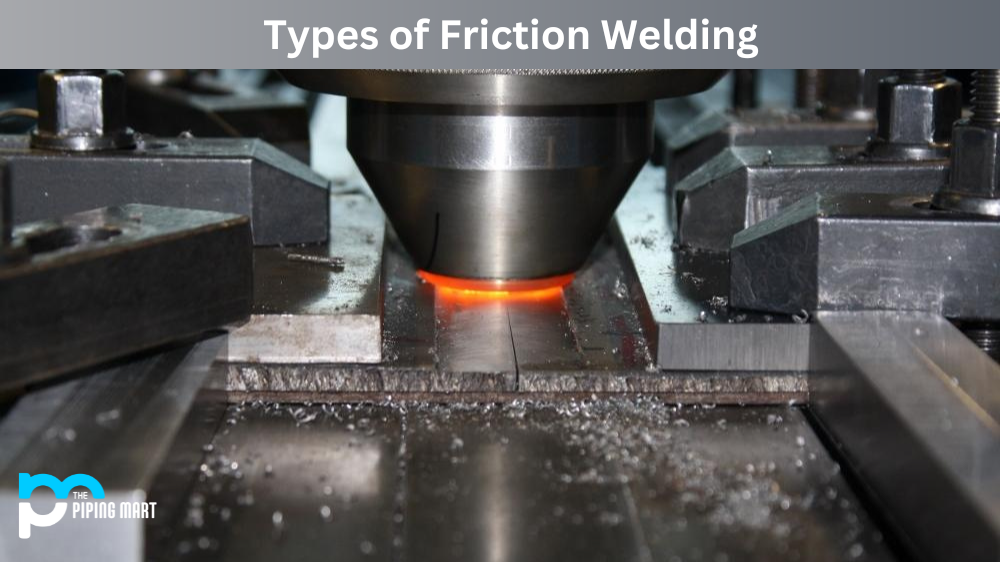When it comes to controlling the flow of fluids in a pipeline, valves are essential components. These devices start, stop, or regulate the flow of gases, liquids, or slurries. Ball valves and slip ball valves are two common types used in various industrial applications worldwide. However, choosing between these two types of valves can be confusing as they both have advantages and disadvantages. In this blog post, we will explore the differences between ball valves and slip ball valves and help you make an informed decision.
What is Ball Valve?
Ball valves are valve devices that use a spherical ball to regulate the flow of liquids in a pipeline. The ball in the valve rotates to allow or prevent the flow of fluid. Ball valves are used in many applications because they are easy to operate, reliable, and have low maintenance requirements. They can also handle high pressure and temperature conditions, making them ideal for industrial applications.
What is Slip Ball Valve?
Slip ball valves are designed for applications where a full-bore valve is necessary. Unlike ball valves, slip ball valves do not have a cavity in the centre of the ball, giving them a whole bore opening. This feature allows maximum flow rates, reduced turbulence, and lower pressure drops.
Slip ball valves are also ideal for handling abrasive media as the valve body can be made from durable materials like ceramic or carbon steel. They are also easy to install and maintain, making them popular in many industrial applications.
Differences Between Ball Valve and Slip Ball Valve
The main difference between ball valves and slip ball valves is the design of the ball itself. Ball valves utilize a cavity in the centre of the ball, while slip ball valves have a whole bore opening without any holes in the ball. Ball valves are ideal for applications that require throttling while slipping ball valves are better suited to applications that require maximum flow rates.
Regarding cost, ball valves are generally more expensive than slip ball valves. However, depending on the application, the lower pressure drop of a slip ball valve may lead to reduced energy costs, making it a more cost-effective option in the long run.
Disadvantages Ball Valve
The main disadvantage of ball valves is that they are more expensive than others. They also have a higher pressure drop than different valve types, which restricts fluid flow. Additionally, ball valves are not ideal for handling abrasive media as the ball can become damaged.
Disadvantages Slip Ball Valve
The main disadvantage of slip ball valves is that they are unsuitable for applications requiring throttling. As the valve is either fully open or fully closed, it cannot be used to regulate flow.
Which Valve to Choose?
Choosing the correct valve for your application depends on several factors, including the type of fluid being transported, the pressure and temperature requirements, and whether throttling is necessary. A ball valve is the better option if you need to regulate flow. However, if maximum flow rates are required, slip ball valves are the way to go.
Ball and slip ball valves are both valves used to control the flow of fluids.
Ball valves are composed of a ball with a hole through the centre. The ball is connected to a handle to open and close the valve. Slip ball valves are similar in that they have a ball with a hole through the centre, but the ball is not connected to a handle. Instead, the ball is allowed to slide within the valve body.
Other Differences
- Ball valves are typically used for on/off applications, while slipping ball valves are usually used for throttling applications.
- Ball valves are more durable than slip ball valves and can withstand higher pressures.
- Slip ball valves are more versatile than ball valves and can be used in a broader range of applications.
- Ball valves are less expensive than slip ball valves.
- Slip ball valves require less maintenance than ball valves.
- Ball valves are available in various materials, including brass, stainless steel, and plastic. Slip ball valves are also available in different materials but are commonly made from plastic.
Conclusion
Ball valves and slip ball valves are essential components used to regulate the flow of fluids in pipelines. While both valve types have specific advantages and disadvantages, deciding between the two comes down to the needs of your application. By considering cost, pressure and temperature requirements, and necessary flow rates, you can determine when choosing between ball valves and slip ball valves.

Abhishek is a seasoned blogger and industry expert, sharing his insights and knowledge on various topics. With his research, Abhishek offers valuable insights and tips for professionals and enthusiasts. Follow him for expert advice on the latest trends and developments in the metal industry.




